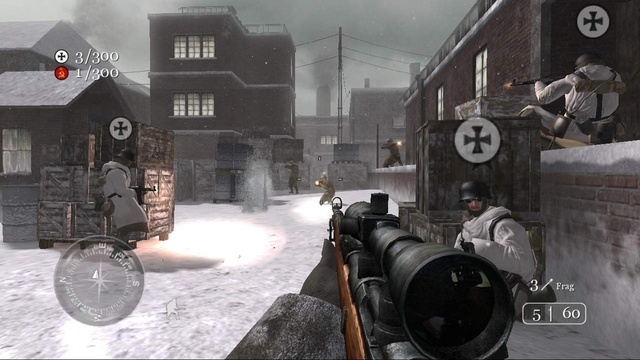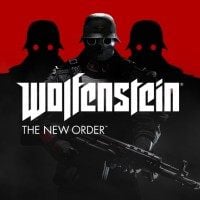Who's Afraid of the Swastika? Nazi Symbols in Video Games
The Nazis have been featured in video games since the 1980s; interestingly though, they were not always associated with historically accurate symbols. We decided to take a peek at the laws that give game developers much headache.
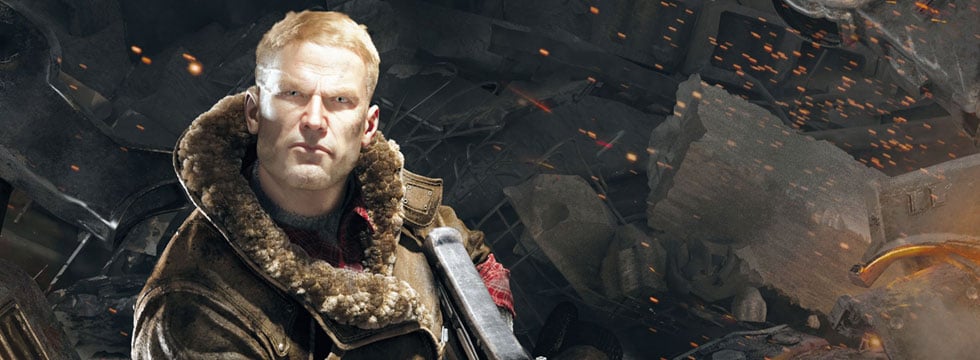
The Nazis have been appearing in video games – mostly serving as cannon fodder sent against the player – ever since technology developed to such an extent that a bunch of pixels could resemble a Nazi (who was obviously far from photorealistic back then). After all, the memory of crimes committed in the name of National Socialism is still relatively fresh in people’s minds, and the very doctrine brings up unpleasant connotations. However, games often miss out authentic emblems, symbols, and flags associated with Nazism. Strict laws on the matter very often make players lose out on game realism. Should combating aggressive ideologies involve censoring their symbolism?
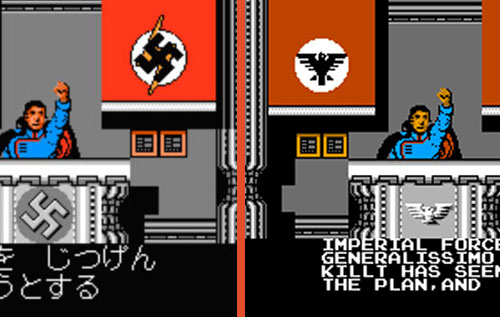

The swastika – a symbol generally associated with the Nazi Germany – does not have such pejorative connotations everywhere in the world as it has in Europe or America. If you visit Asia, especially its eastern parts, you may experience a culture shock seeing the symbol is still in common use. Obviously, it does not have anything to do with National Socialism – it stands for happiness, good-fortune, and balance. It is especially common in India and Japan, where it can be seen on many buildings. Before World War II it was also present on the Old Continent. The swastika was used e.g. in Finnish and Latvian aviation.
In order to establish the precise moment when the Nazis started to play a pivotal role in the world of electronic entertainment, we would have to comb through dozens of titles, many of which are now probably more than two decades old. Suffice to say that a cult coin-op game, Bionic Commando released in 1987, originally told about a group of National Socialists determined to resurrect the Fuhrer himself. The story was left untouched in Japan, however, the English version was significantly modified – the Nazis are all gone (although the main boss, Master-D, looks just like the leader of the Third Reich, with his characteristic hairstyle and moustache). Speaking of classics, of course Wolfenstein 3D from 1992, the father of FPS genre, used similar symbols. Actually, even such an innocent title as The Legend of Zelda was accused of containing references to Nazism, after players noticed one of in-game locations has shape similar to the swastika. The developers easily refuted the allegation, since the level was not designed to resemble Hakenkreuz, but the Buddhist Manja, a symbol of balance and harmony.
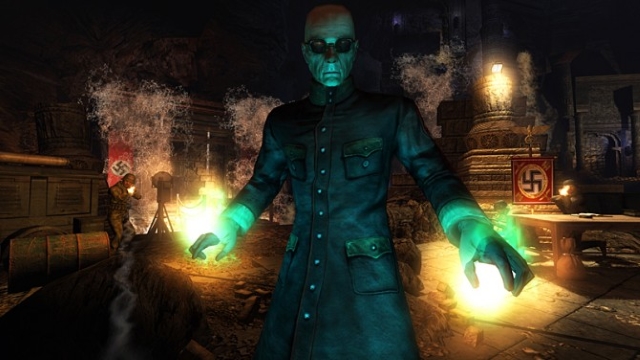
In the New Millennium, FPS games set in World War II gained overwhelming popularity. First, players fell in love with Medal of Honor, which was later deposed by Call of Duty. In both series we fought against the Germans, so they obviously did contain Nazi symbols. Soon, however, these started to disappear. Take Medal of Honor: Airborne for example, where finding a building marked with the swastika was a real challenge. Of course, there were still some exceptions, whose creators made it a point of honor to include symbols of the Third Reich – one of the most recent examples is Wolfenstein: The New Order – however, the remaining tendency has been to avoid showing off elements that directly refer to the ideology of National Socialism. All because of a certain law in German Criminal Code.
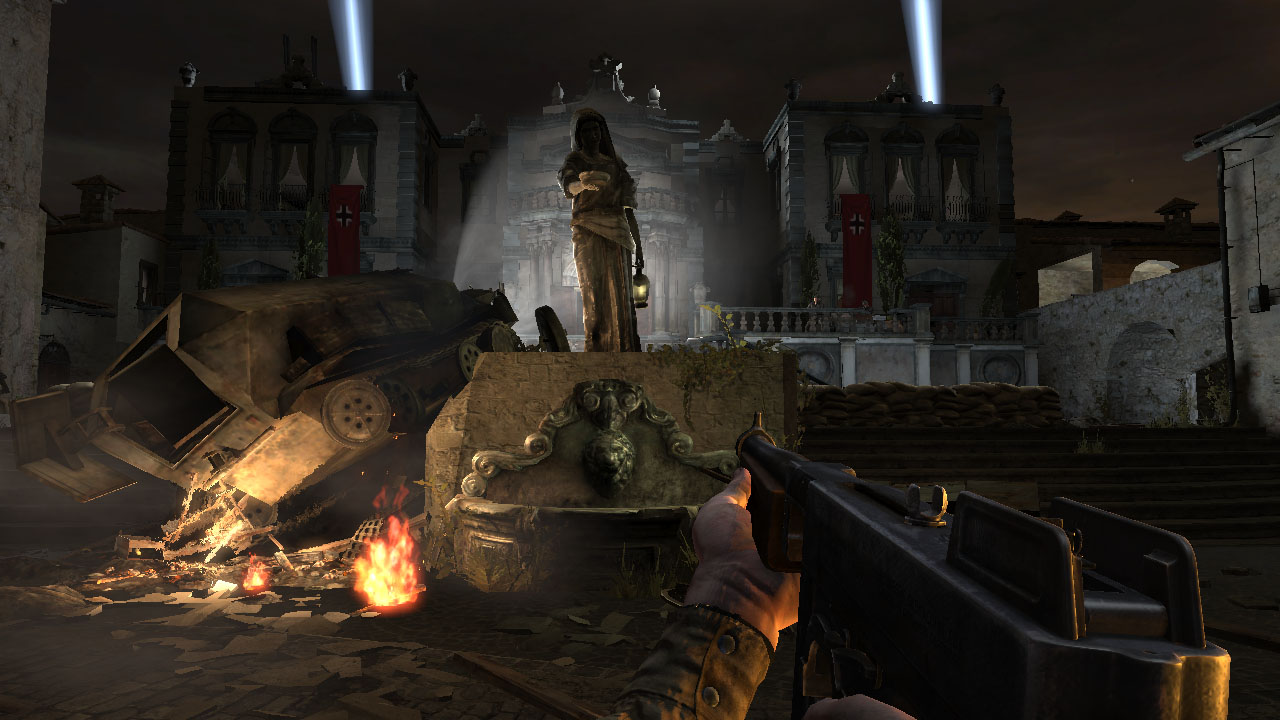
Namely, this is section 86a of German Criminal Code.
(1) Whoever:
1. domestically distributes or publicly uses, in a meeting or in writings (Section 11 subsection (3)) disseminated by him, symbols of one of the parties or organizations indicated in Section 86 subsection (1), nos. 1, 2 and 4; or
2. produces, stocks, imports or exports objects which depict or contain such symbols for distribution or use domestically or abroad, in the manner indicated in number 1, shall be punished with imprisonment for not more than three years or a fine.
(2) Symbols, within the meaning of subsection (1), shall be, in particular, flags, insignia, uniforms, slogans and forms of greeting. Symbols which are so similar as to be mistaken for those named in sentence 1 shall be deemed to be equivalent thereto.
This regulation is a part of the program of denazification started in Germany after World War II, however, there are exceptions from that. Nazi symbolism can be presented for educational and historical purposes, as well as – which is the most interesting for players – in promoting art or science. Here, we come across a problem with interpretation of the law: are modern video games to be considered as a form of art? According to German lawyers, they are not. That is even more peculiar given that Germany doesn’t see a problem in films that contain swastika or the SS skull. And we are not talking here only about serious dramas set in the period concerned – censorship left no mark on Zombie SS (a horror movie with a self-explanatory title) or cult Indiana Jones and the Last Crusade, where the protagonist meeting Adolf Hitler scene serves sheer humorous purposes.
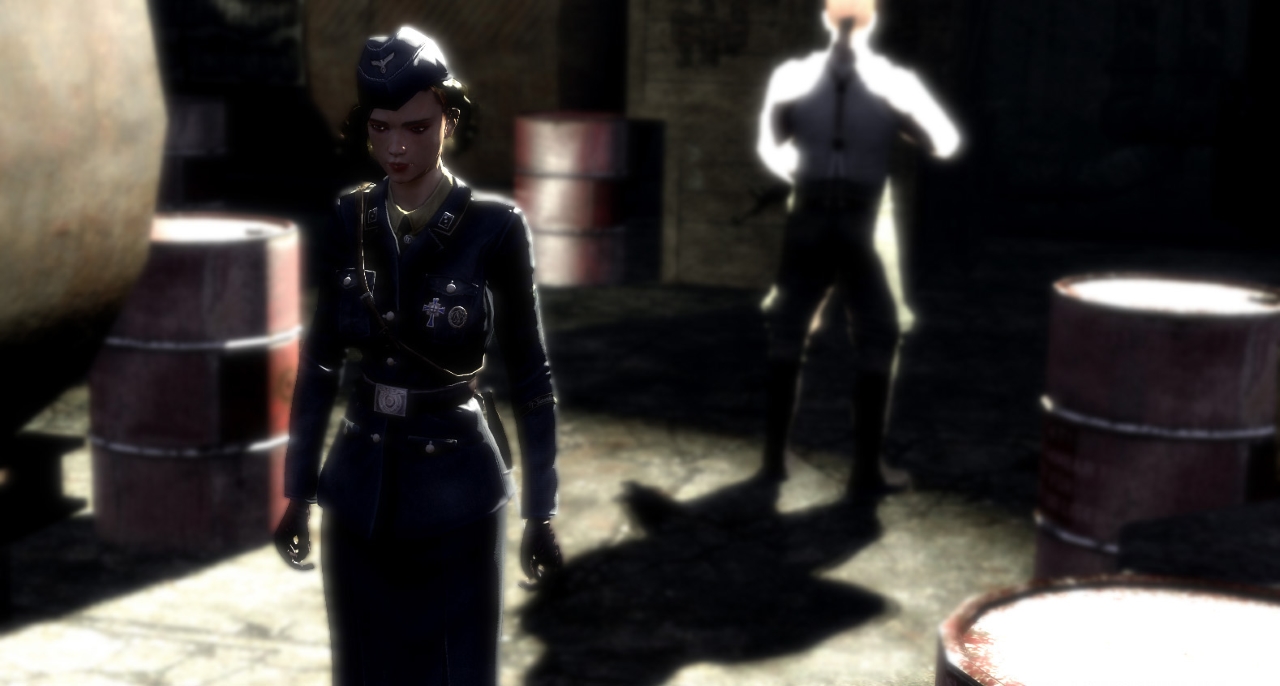
Treating games as “second class citizens” has serious implications for developers, putting them against a tough choice: whether to leave Nazi symbols in the game and create a separate edition specially for German players, lose potential customers in this 80 million people country, or spare themselves extra work at the cost of realism. This is not a new problem – as early as in 1989 the creators of Indiana Jones and the Last Crusade (a game based on the film mentioned in the previous paragraph) had to cover all swastikas in order to prevent the game from being banned in Germany. The result? Red flags with white circle and an awkward black square in the middle. In turn, Call of Duty series replaced Nazi emblems with the Iron Cross, a symbol used back in the times of Prussia. Even in the last year section 86a caused problems for game developers in at least two cases. Ubisoft had to delay the release date of South Park: The Stick of Truth in Germany, after a sole swastika was found in the game after it was cleared off Nazi emblems. However, that was nothing compared to Wolfenstein: The New Order, whose distributor, Bethesda Softworks company, had to create a separate version of the official website for Germany (only the international version contained playable Wolfenstein 3D, which was full of forbidden symbols) and replace every single emblem unwanted in Germany with a made up symbol – which was quite troublesome, as the game was set in the universe crawling with the Nazis.
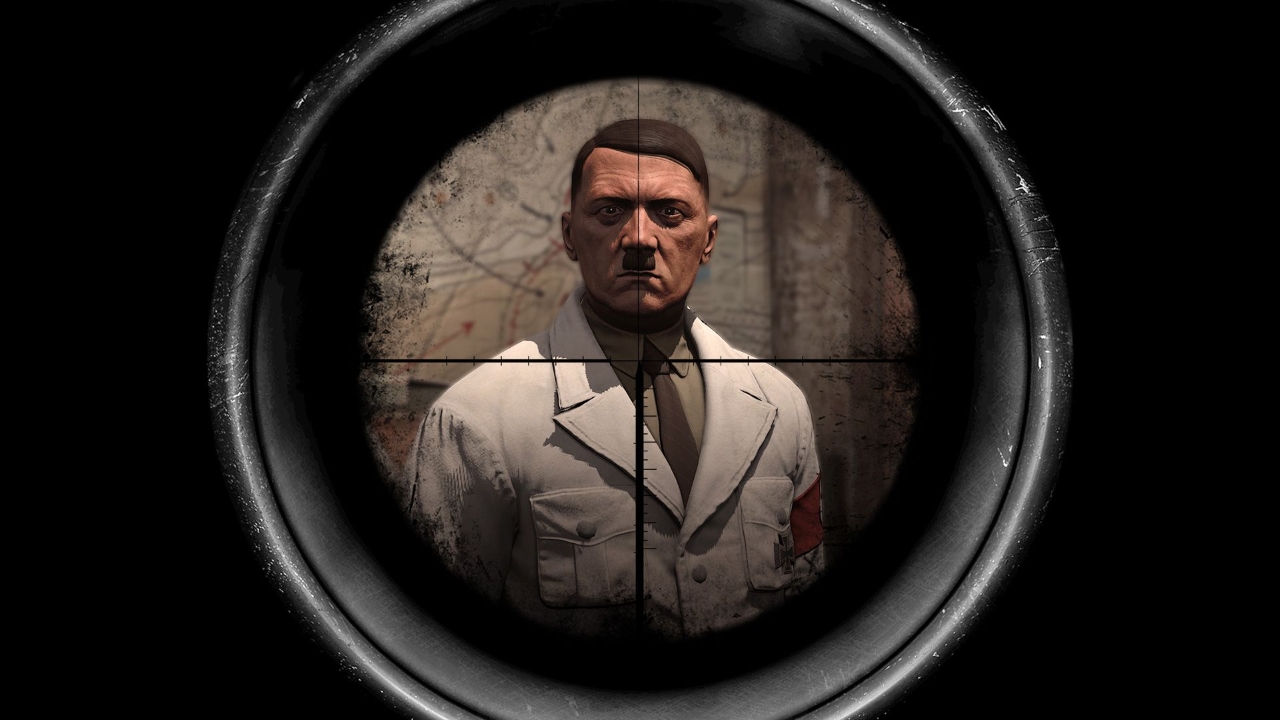
Germany is of course the country where restrictions concerning Nazi symbolism are the most strict, however, similar laws can be found in other places, e.g. in Australia. As in Germany, though, art, education, and science are above that law – again the question arises, should modern games be considered as a form of art. It all depends on how to interpret the law.
How strictly is section 86a observed? Well, sometimes to a fault. In 2006 Stuttgart district attorney’s office sued an online store Nix Gut for using swastika in anti-Nazi T-shirts, patches, and stickers. As a result, the company was fined 3,600 euros and a discussion stormed through the whole country. Finally, the dispute was resolved: the fine was withdrawn, and in March 2007 the court stated that symbols of National Socialism may be used in forms of objection against the totalitarian ideology. However, before that, everyone who, let’s say, put a crossed-out swastika on their backpack, may have been committing a crime.
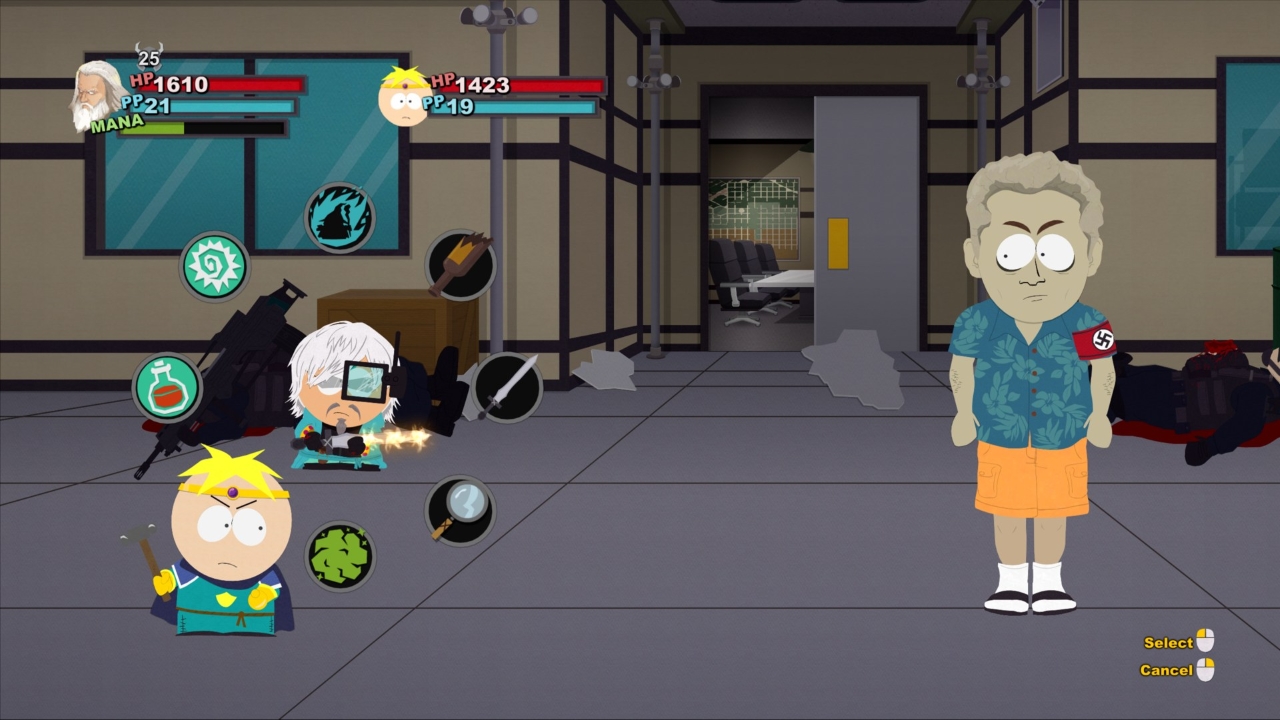
In fact, omitting Nazi symbols may be much more harmful than showing it – especially when set against the historical background. In many cases, removing the swastikas equals washing the game off the ideological overtone. In World War II games deprived of such elements, lack of the Nazis not only impacts realism, but also distorts the image of the entire conflict, as the “bad guys” are the Germans in general, often represented by a flag used as early as in World War I. Those who did not pay attention during history lessons may conclude that the 1939-45 Germany was nothing but a military country and an aggressive nation. At the same time, crimes committed by the Nazis are overlooked. Of course, that is not true in 100% of cases. Despite not containing too many Nazi symbols, Velvet Assassin, a stealth game by Replay Studio, which received mix reviews, clearly shows acts of terrorism done by the Nazis. The strongest example of that, however, is the previously mentioned Wolfenstein: The New Order, which was not only not afraid of the swastika (of course, in the uncensored edition), but also presented horrors brought about by the rules of the victorious Third Reich – from the high-level positions held by such characters as the devilish Frau Engel and her blond-haired companion, through a concentration camp as a setting for one of game levels.
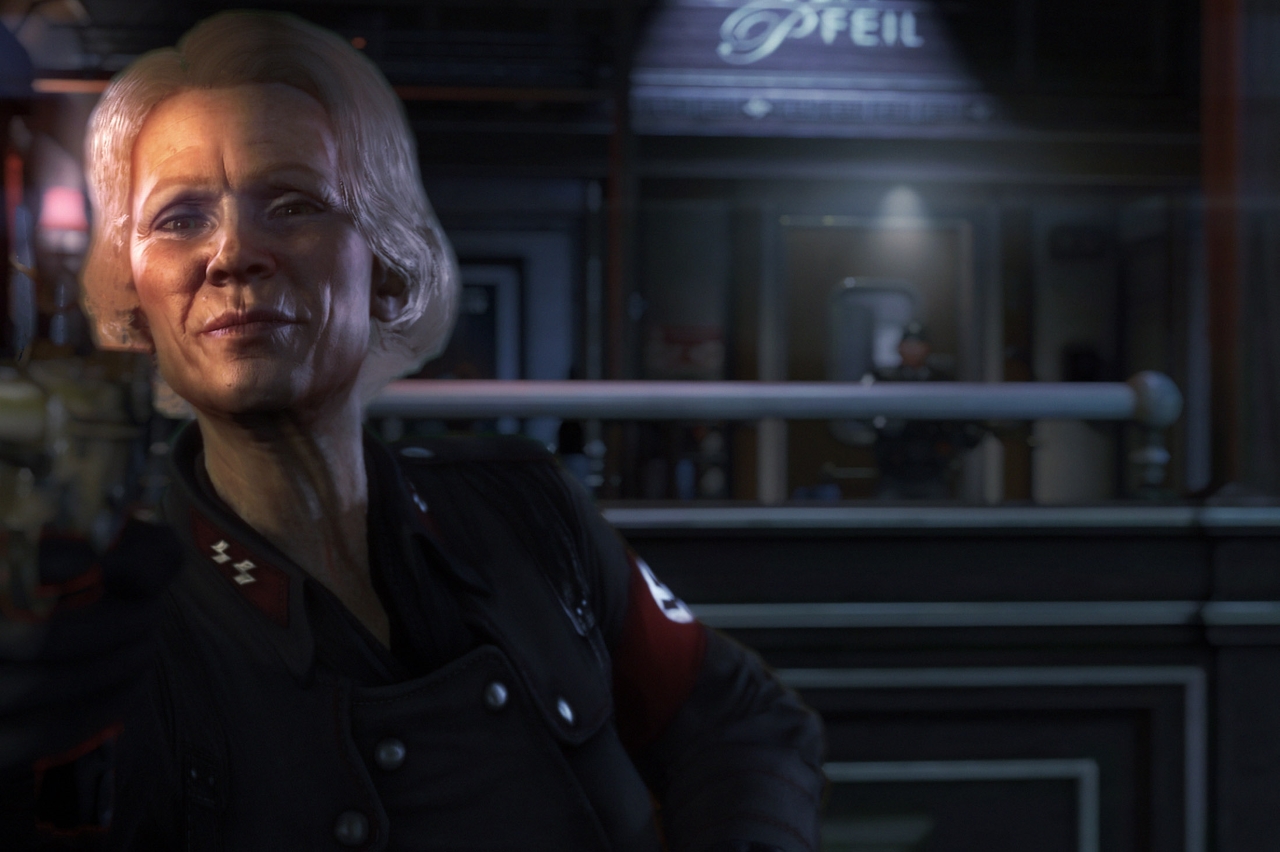

NOT ONLY THE SWASTIKA
Censuring games has a long and infamous history in Germany, which hit not only games with Nazi references. One of the most glaring examples is Contra, in which human characters were replaced by robots, and the title was changed to Probotector. In the case of the quite gory Bulletstorm blood was entirely removed, although the game was still rated 18+.
On the other hand, allowing for overusing Nazi symbolism is neither a very reasonable way out. Ideology-free use of the swastika may quickly turn it into another meaningless emblem used in online battles. A good solution for that problem was employed in the first Call of Duty games, set in World War II – in the single player campaign we fought against the Third Reich, so Nazi emblems were very common, however, in multiplayer we could only play as The Axis or Germans (the swastika only appeared in match results). This simple idea reduced the chance that players who do not know much about history start using the symbol outside the game. Similar solution would be especially useful in World War II RTS games, where showing crimes of National Socialism doesn’t really fit gameplay.
However, it is hard to hide the fact that the approach used in German law treats players in an awkward way. A dozen or so years back such situation would be somehow understandable. Now – when game industry has become a multibillion-dollar business, and games often amaze us with deep storytelling and mature themes – censoring Nazi symbols cannot be rationally explained. True, they will always be associated with an ugly page in the human history, but maybe this is exactly the reason why we shouldn’t sweep them under the carpet? Maybe it’s best to stop being afraid of the swastika and face the things it represents.
